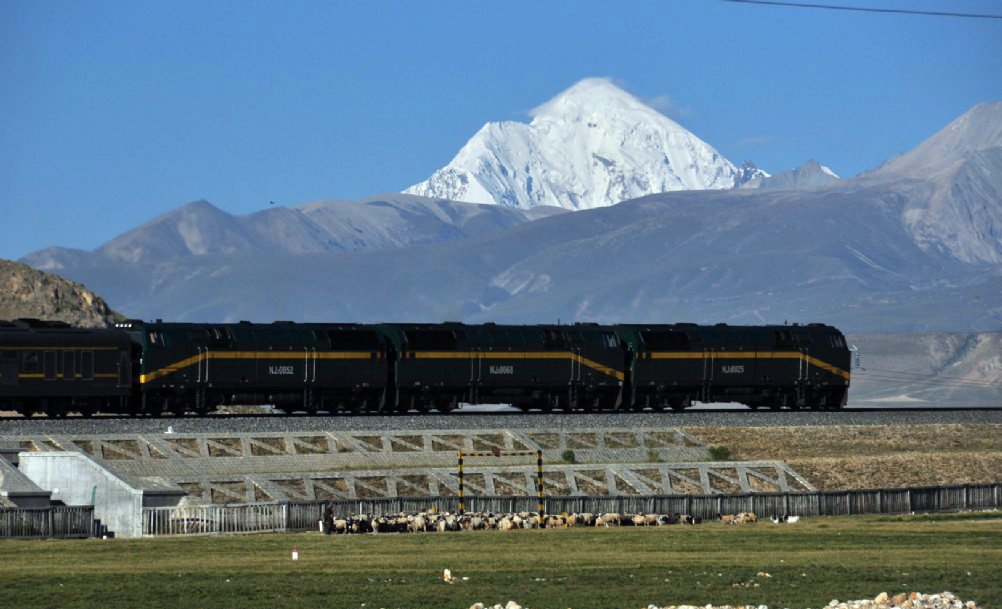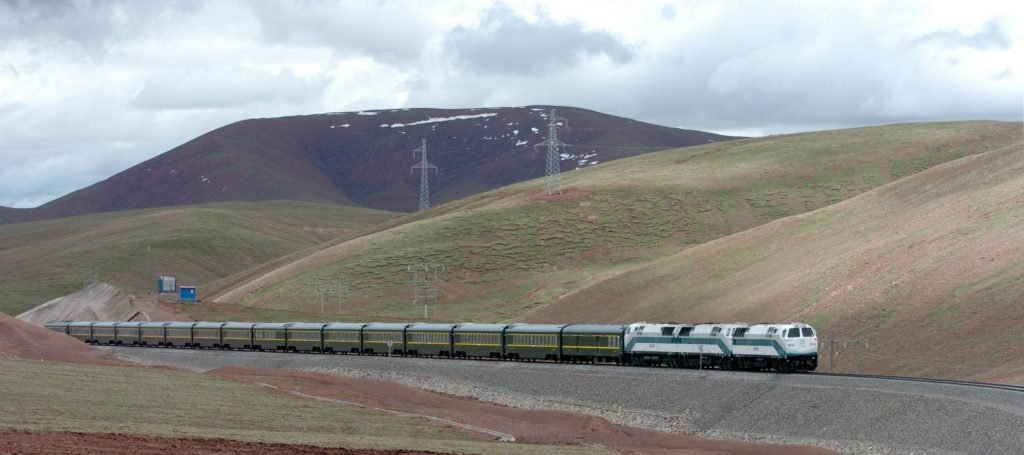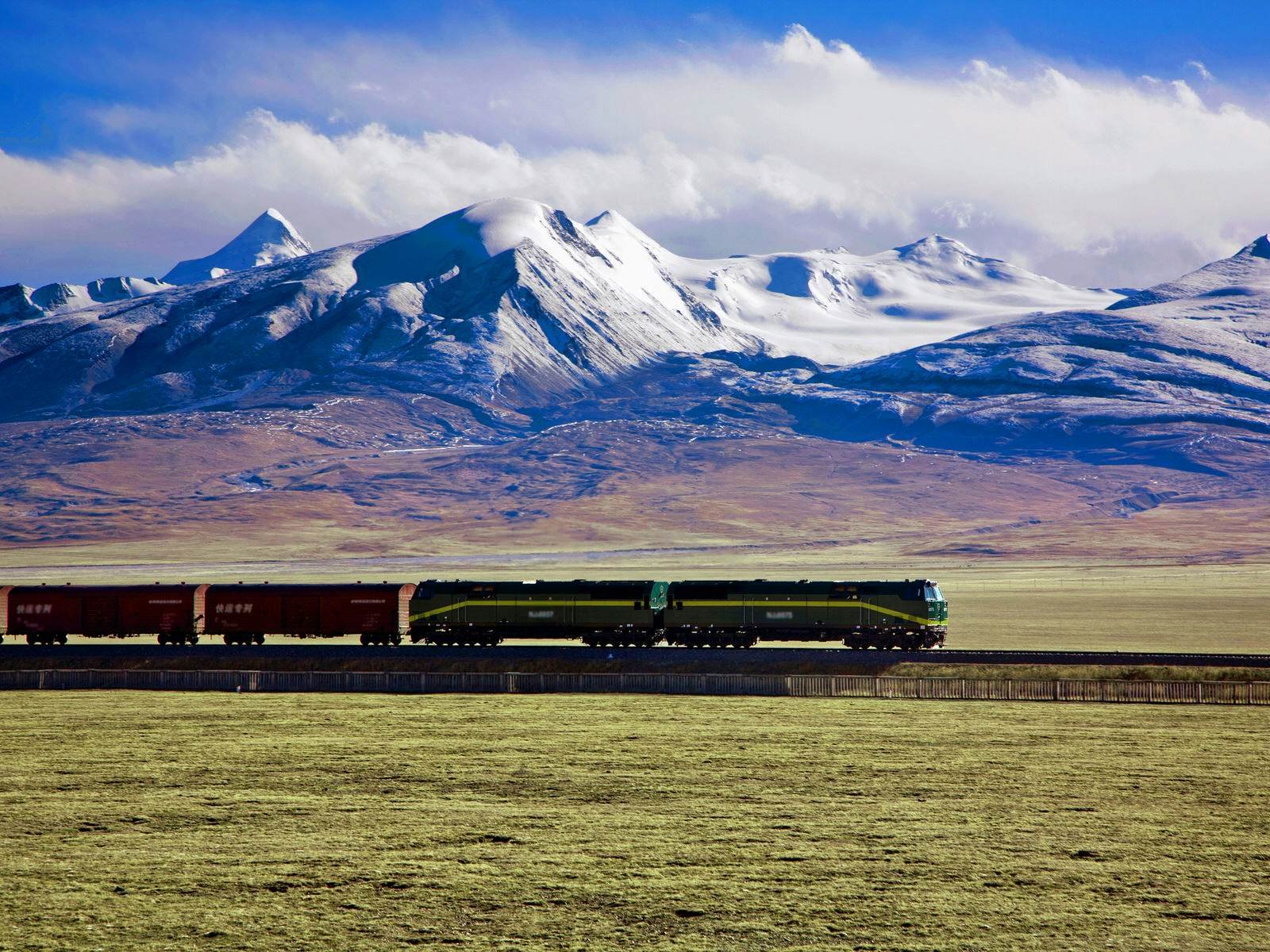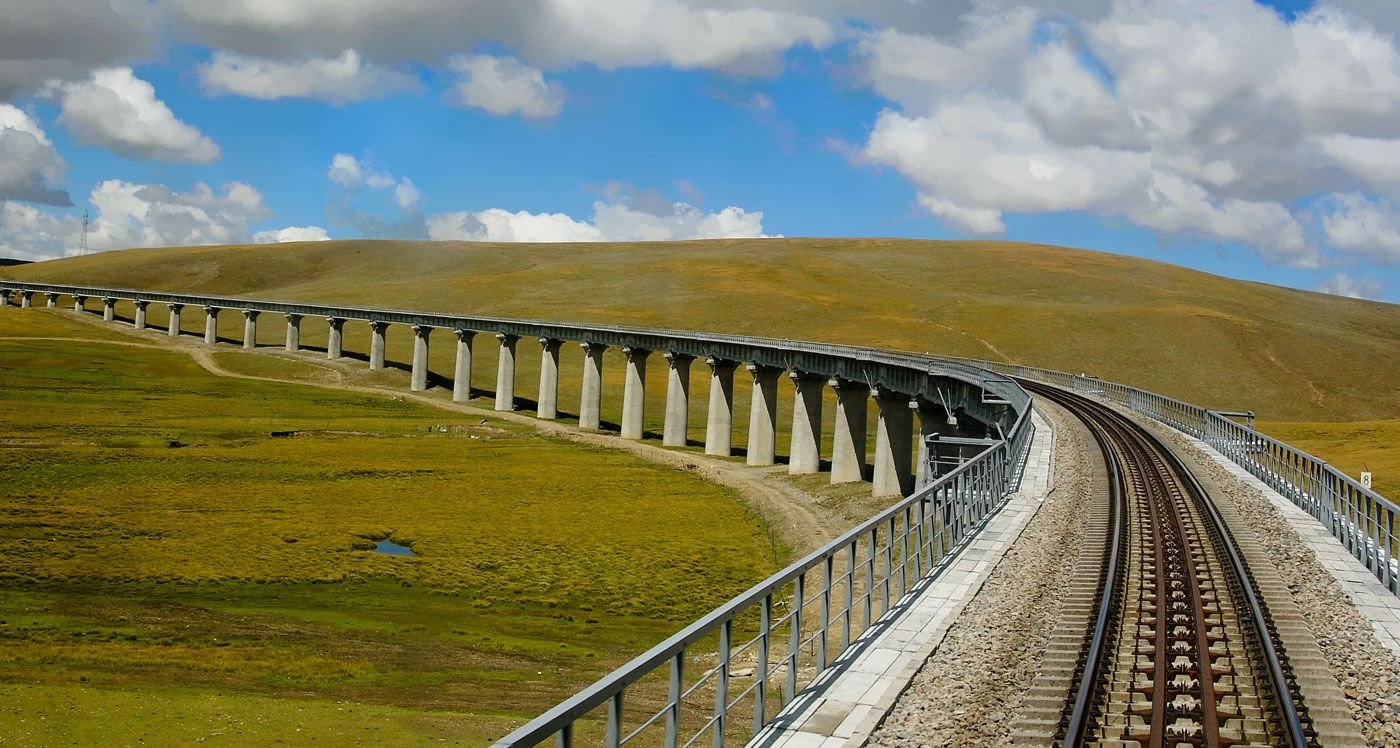Constructing the Impossible: Engineering Feats of the Qinghai-Tibet Railway

Stretching across the vast and unforgiving landscape of the Tibetan Plateau, the Qinghai-Tibet Railway stands as a testament to human ingenuity and determination. Constructing this engineering marvel presented unprecedented challenges, requiring innovative solutions and unwavering resolve.

Altitude and Hypoxia:

The railway traverses altitudes of over 4,000 meters, where the air is thin and oxygen levels are dangerously low. Workers faced constant battles with altitude sickness, requiring specialized equipment and acclimatization protocols. Engineers designed oxygen-enriched carriages and implemented pressurized cabins for sections with extreme conditions.
Permafrost and Unstable Soils:
Large portions of the railway were built on permafrost, a frozen layer of soil that becomes unstable when exposed to heat. To prevent the track from sinking, engineers devised techniques for cooling the underlying ground. They installed cooling pipes, shaded the tracks, and created artificial ponds to absorb heat. Unstable soils, such as quicksand, were encountered and overcome using reinforced embankments and geosynthetics.
Bridge Engineering:
The Qinghai-Tibet Railway crosses numerous rivers and gorges, demanding the construction of spectacular bridges. In the Qingshuihe Valley, engineers built the world’s highest railway bridge at 414 meters. The bridge’s segmented design and innovative use of wind baffles ensured its stability in the strong winds prevalent in the region.
Environmental Sustainability:
Environmental protection was a paramount concern during the railway’s construction. Wildlife corridors were established to preserve the delicate Tibetan ecosystem. Wildlife passages, underpasses, and bridges allowed animals to safely cross the tracks. The use of biodegradable materials and sustainable construction practices further minimized the railway’s ecological impact.
Technological Advancements:
The construction of the Qinghai-Tibet Railway spurred significant technological advancements. China developed high-power locomotives capable of operating at extreme altitudes. The railway uses advanced communication and signaling systems to ensure safe and efficient operations. Engineers employed innovative surveying and remote sensing techniques to map the rugged terrain and optimize construction plans.
International Collaboration:
The Qinghai-Tibet Railway is a symbol of international cooperation. Engineers from multiple countries shared their expertise and collaborated to overcome the project’s challenges. The railway serves not only as a transportation artery but also as a bridge connecting China with its neighbors and the world beyond.
By conquering the challenges of altitude, permafrost, engineering, and environmental sustainability, the construction of the Qinghai-Tibet Railway stands as a testament to the transformative power of human endeavor. It remains a monumental feat of engineering, connecting the Tibetan Plateau with the rest of the world and opening up new possibilities for economic development and cultural exchange.

